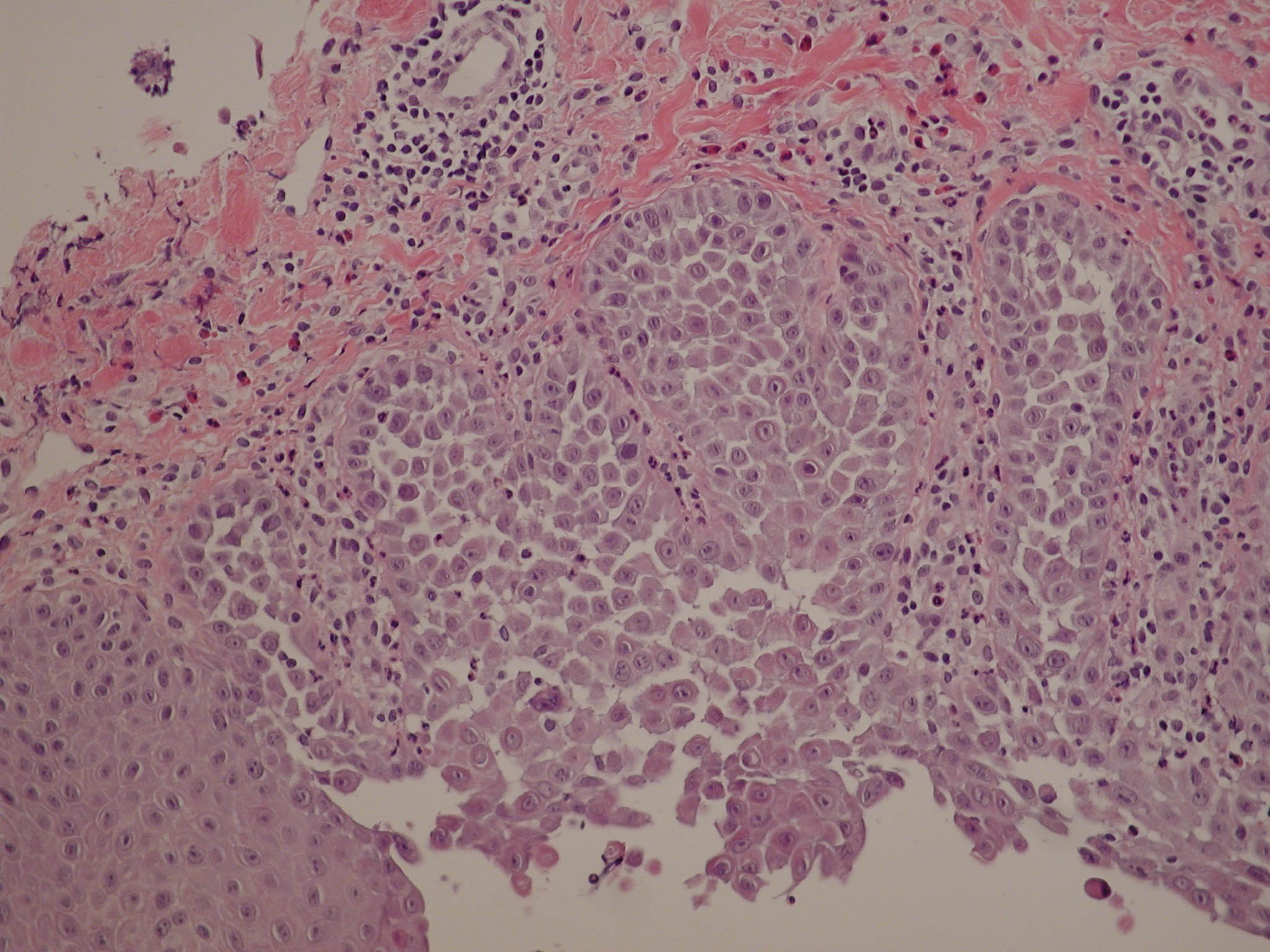Cell Calcium. 2000 Jul;28(1):1-21.
Source
Laboratory of Physiology, K.U.Leuven Campus Gasthuisberg O/N, Leuven, Belgium. Ludwig.Missiaen@med.kuleven.ac.be
Abstract
A whole range of cell functions are regulated by the free cytosolic Ca(2+)concentration. Activator Ca(2+)from the extracellular space enters the cell through various types of Ca(2+)channels and sometimes the Na(+)/Ca(2+)-exchanger, and is actively extruded from the cell by Ca(2+)pumps and Na(+)/Ca(2+)-exchangers. Activator Ca(2+)can also be released from internal Ca(2+)stores through inositol trisphosphate or ryanodine receptors and is taken up into these organelles by means of Ca(2+)pumps. The resulting Ca(2+)signal is highly organized in space, frequency and amplitude because the localization and the integrated free cytosolic Ca(2+)concentration over time contain specific information. Mutations or functional abnormalities in the various Ca(2+)transporters, which in vitro seem to induce trivial functional alterations, therefore, often lead to a plethora of diseases. Skeletal-muscle pathology can be caused by mutations in ryanodine receptors (malignant hyperthermia, porcine stress syndrome, central-core disease), dihydropyridine receptors (familial hypokalemic periodic paralysis, malignant hyperthermia, muscular dysgenesis) or Ca(2+)pumps (Brody disease). Ca(2+)-pump mutations in cutaneous epidermal keratinocytes and cochlear hair cells lead to, skin diseases (Darier and Hailey-Hailey) and hearing/vestibular problems respectively. Mutated Ca(2+)channels in the photoreceptor plasma membrane cause vision problems. Hemiplegic migraine, spinocerebellar ataxia type-6, one form of episodic ataxia and some forms of epilepsy can be due to mutations in plasma-membrane Ca(2+)channels, while antibodies against these channels play a pathogenic role in all patients with the Lambert-Eaton myasthenic syndrome and may be of significance in sporadic amyotrophic lateral sclerosis. Brain inositol trisphosphate receptors have been hypothesized to contribute to the pathology in opisthotonos mice, manic-depressive illness and perhaps Alzheimer’s disease. Various abnormalities in Ca(2+)-handling proteins have been described in heart during aging, hypertrophy, heart failure and during treatment with immunosuppressive drugs and in diabetes mellitus. In some instances, disease-causing mutations or abnormalities provide us with new insights into the cell biology of the various Ca(2+)transporters.
Copyright 2000 Harcourt Publishers Ltd.
